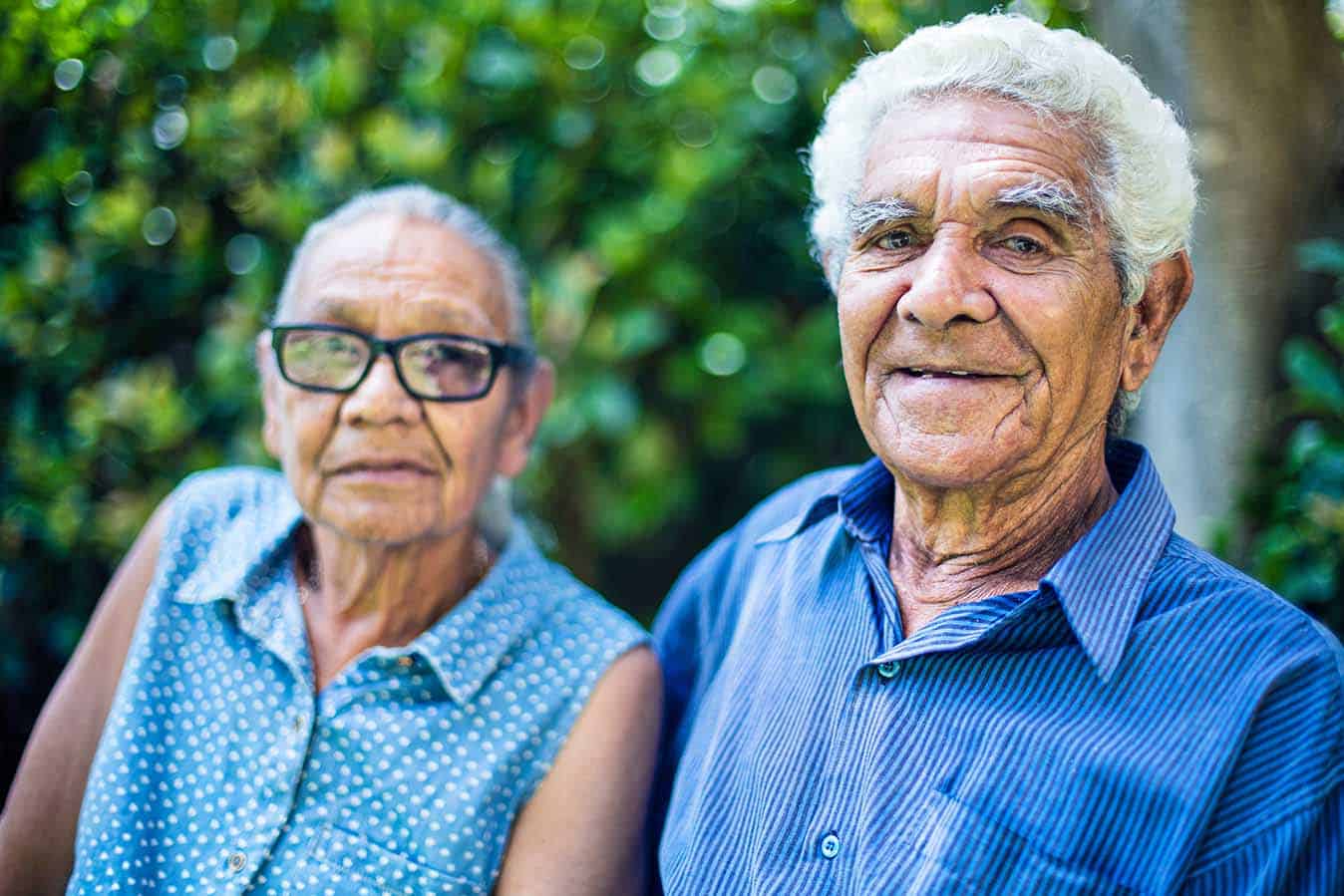The CEO of Australia’s peak Aboriginal and Torres Strait Islander nursing and midwifery organisation has used Close the Gap Day to call for the needs of First Nations peoples’ to be more greatly emphasised during the COVID-19 pandemic.
Speaking to the ANMJ, the Congress of Aboriginal and Torres Strait Islander Nurses and Midwives’ (CATSINaM) CEO Melanie Robinson acknowledged the need to mobilise a large scale public response.
However, she also believed it was important that vulnerable groups, including Aboriginal and Torres Strait Islanders, were able to connect with what was required of the public.
“I think that sometimes in a crisis, and we saw that with the bushfires, there isn’t that engagement with our vulnerable communities… There’s not that, ‘What do you need?'” she said,
Speaking about the mid-week federal government decision to begin isolating regional communities from a potential spread of the virus, she noted that some communities had already taken precautionary measures themselves, and that more proactive engagement was needed.
“Certainly in the APY lands and up in the Northern Territory… [they] are saying no non-essential visitors are allowed in and they’ve got processes for people who are essential visitors,” Ms Robinson said,
“I don’t think we’ve really sat down and talked to those communities that are really struggling to deal with it and got what they think are the solutions and how we can help them as well.”
“We’re a very spread out country… Communication sometimes is a challenge.”
Ms Robinson said overcrowded housing, access to running water and food, as well as the promotion alcoholic hand sanitiser all posed unique logistical and health challenges for struggling Aboriginal and Torres Strait Islander communities should the virus enter an isolated area.
“That’s when I really worry,” she said “That creates a disease that will spread amongst community.”
Indigenous prison numbers and a lack of healthcare expertise remain an issue
While the need for health services created and led by Indigenous people is a key theme in this year’s Close the Gap report, Ms Robinson also noted that concerns such as numbers of Aboriginal and Torres Strait Islander people in the healthcare sector and the disproportionate representation of Indigenous people in prisons, were pertinent to the broader national response to COVID-19.
“We’ve got a small number of Aboriginal and Torres Strait Islander clinicians, and there’s not just another lot coming,” Ms Robinson said of the staffing shortfall that could be created by the demands by the virus.
She added that while many clinicians’ specialist and localised cultural knowledge won’t be easily replaced, the WA government’s plan to create a register of retired nurses and doctors, which advertises ‘immediate starts and flexible hours’, was one type of plan that could be adapted to meet the specific needs of communities.
“We might have a bunch of people who aren’t working in the clinical space that could, with a bit of training, come straight back in and help out… they’re things for health services to decide to do,” she said.
However, while the CEO was optimistic about the potential solution in that area, she remained worried about the possible spread of the virus into the nation’s prison system.
“I think it would be out-of-control,” she said, adding, “Our prisons are overcrowded here, we’ve got a disproportionate representation of Aboriginal and Torres Strait Islander people and some of them have underlying conditions that make them at risk.
“People in the prison system, they often have small clinics that are focused on patching things up, I’m just not sure how they’re going to be able to deal with it, in terms of screening, isolating and then keeping people well.”
She believed the spread of the disease, if (and when, in her opinion) it reached the prison system, would cause massive problems for the health of incarcerated Indigenous people.
“It’s not if you get this, it’s when you get it: I think we’re all going to be exposed,” she explained.
“We’ve certainly got a population in there of all ages, including some older people as well… I just think it’s going to be a massive public health crisis, because getting into a prison to do anything is nearly impossible.
“I don’t know how they’re going to go with an acute viral illness that can make people really unwell.”
Nevertheless, she stressed that while everyone was still in the early stages of working through the ramifications of the virus, getting accurate, understandable information out to communities while continuing to support them was key.
“I don’t have any magic answers,” she said.
“Getting information out there that’s factual, [while] keeping it simple and culturally easy-to-understand is probably the best thing that we can do… and then making sure people have got access to food, medicines and stuff like that… They’re the sort of things I’ve been thinking about.”








